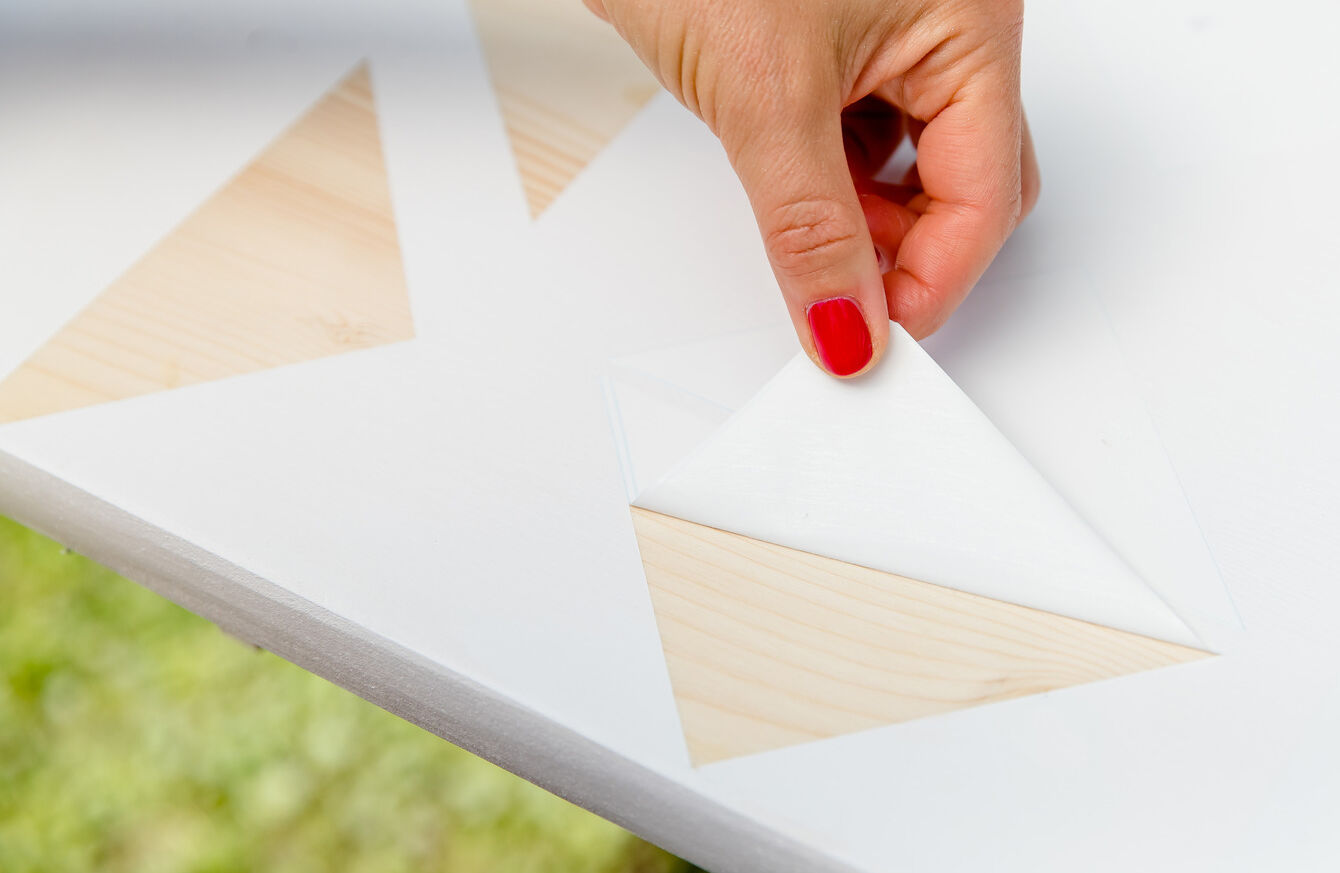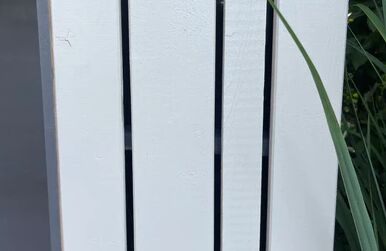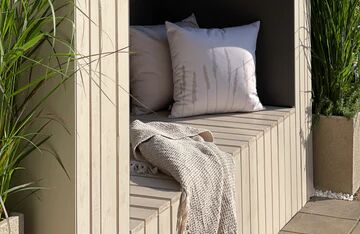Build and design your own covered bench for the garden
A covered bench for the garden is great outdoor furniture for sunny days. Since the garden bench is covered, you can also spend cosy days outside in the garden in cooler weather. In the garden bench building instructions with Aneta, we show how you can easily build the covered garden bench yourself and creatively design the seating with the paint sprayer from Wagner.









